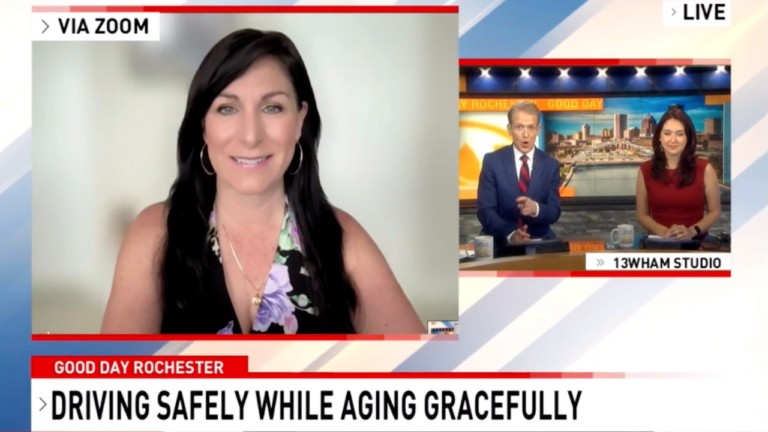Staying independent matters. For many older adults, driving represents freedom — but what happens when that freedom comes with new risks?
There is no single moment when it’s clear someone should stop driving… but there are signs, conversations, and solutions that can make the transition easier.
Why Driving Gets Harder with Age
Age changes the way we see, react, and move — and those changes can sneak up quietly.
- Slower reflexes can turn quick decisions into dangerous delays
- Vision changes may make it harder to see at night or read road signs
- Hearing loss can make it tough to detect sirens or approaching traffic
- Medications may cause drowsiness or dizziness behind the wheel
Even confident drivers may not realize how much has shifted — until a close call happens.
Warning Signs: Is It Time to Reconsider Driving?
Start watching for subtle changes. The most dangerous signs are often the quietest.
- Getting lost on familiar roads
- New dents or scrapes on the vehicle
- Missed stop signs or confusing left and right
- Nervous driving behavior, like sudden braking or drifting
- Trouble judging distance or speed
- Loved ones expressing concern
One of these may not be a red flag. But several? It’s time to take a closer look.
How to Start the Conversation
Telling a loved one they may no longer be safe to drive is not easy. But waiting too long can cost lives.
Try this approach:
- Choose the right moment: Avoid doing it in the middle of an argument or immediately after a driving incident.
- Lead with care: Express your concern, not criticism. “I’m worried about you” goes a long way.
- Share specifics: Gently bring up any patterns or recent issues you’ve noticed.
- Offer alternatives: Help them see that their independence doesn’t have to disappear.
And remember — you don’t have to do this alone.
What Are the Alternatives?
Many seniors fear losing their freedom, but the right transportation options can give them a new kind of independence.
Here are a few to consider:
- Ride-sharing services like Uber or Lyft (some offer senior-friendly versions)
- Community or senior center shuttles
- Caregiver transportation through Happier at Home
- Public transit, where safe and available
- Family or friends creating a regular driving schedule
It’s not about losing mobility. It’s about replacing it with something safer.
What Does Happier at Home Offer?
At Happier at Home, we work with families every day to help seniors stay active and safe. Whether it’s rides to appointments, errands, or social events — we’re here to help.
We have even supported clients through the emotional side of giving up driving. Like the time we helped a Rochester woman maintain her weekly routine with private rides after her license was no longer renewed. She still felt independent, still got where she needed — without putting herself or others in danger.
Have questions about helping someone transition from driving? Let’s talk.
More Tools and Resources
Want more info? Here are some trusted resources:
- AAA Senior Driving
- National Highway Traffic Safety Administration – Older Drivers
- AARP Driver Safety Course
Published June 2024 • Updated June 2025
Reviewed by Debbie Marcello, Founder & CEO of Happier at Home
This content is for informational use only and does not replace medical advice.


